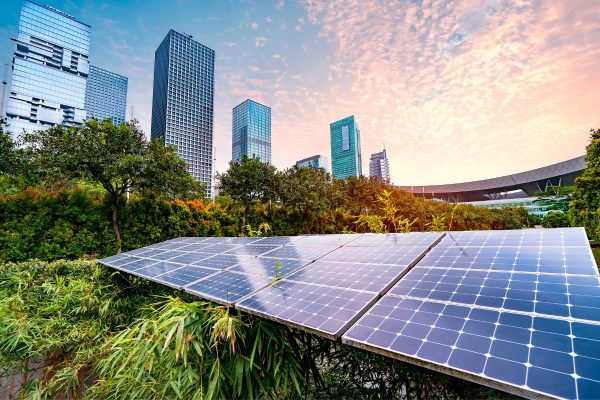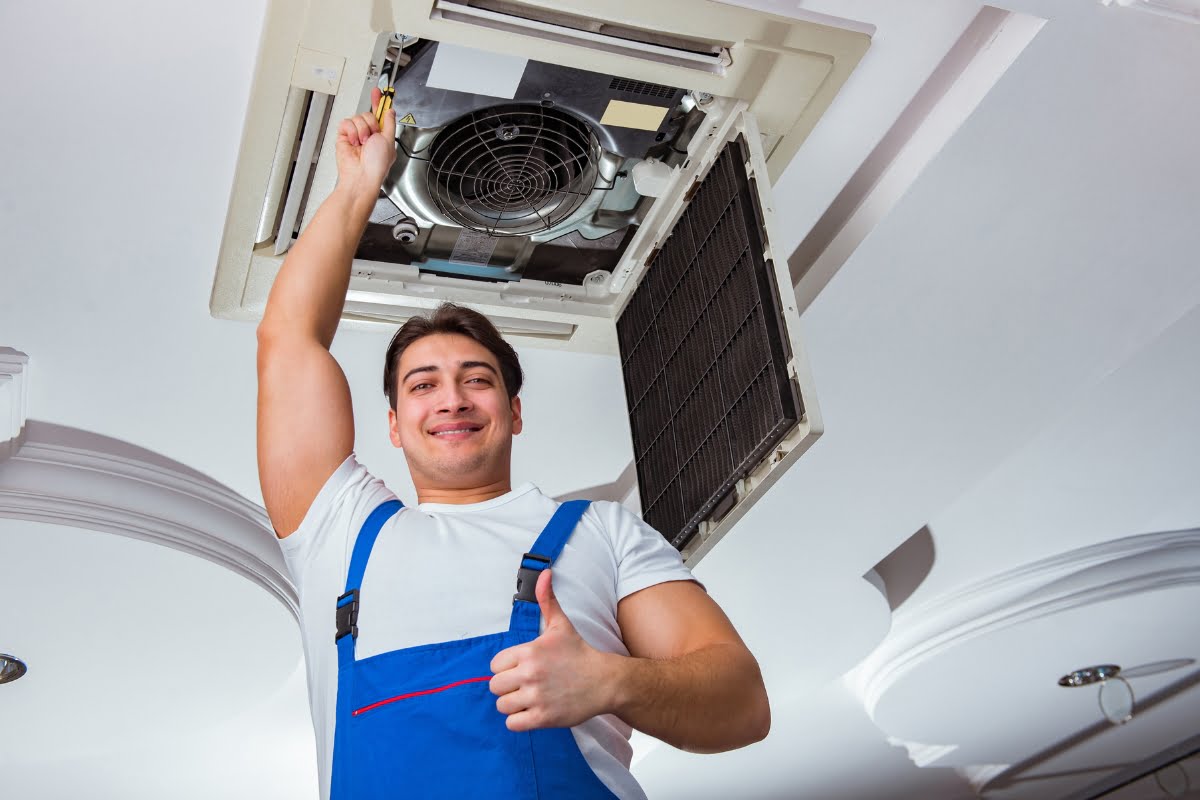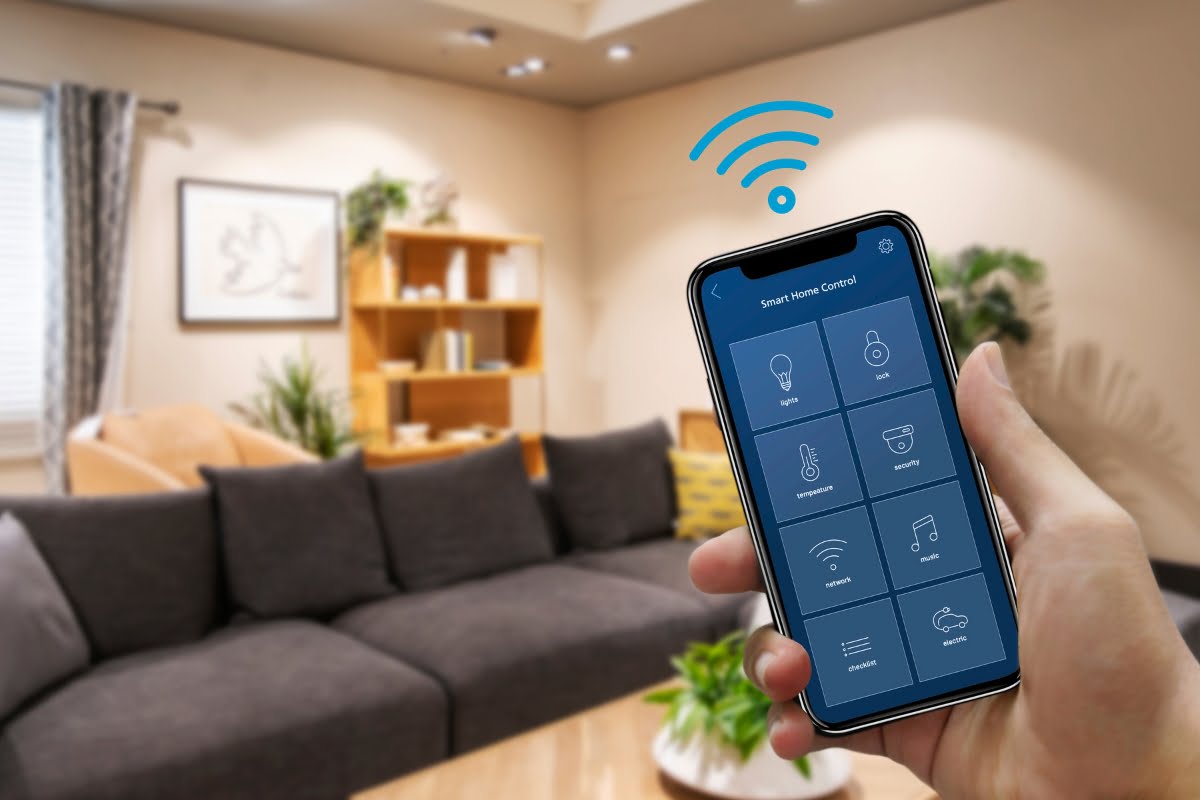In today’s fast-paced and ever-evolving business landscape, there is an increasing emphasis on sustainability and energy efficiency. As companies strive to reduce their carbon footprint and operate more responsibly, finding effective and practical energy-saving tips has become a top priority.
But with so many “green” solutions flooding the market, it can be overwhelming and time-consuming to separate the gimmicks from the strategies that actually work. Fear not, because in this blog post, we are going to unveil a comprehensive and game-changing guide to energy-saving tips for businesses that will make a real difference.
Whether you’re a small start-up or a large corporation, there are actionable steps you can take today to optimize your energy consumption and reduce costs. From simple adjustments to advanced technologies, we’ll give you the knowledge and tools necessary to implement energy-saving measures that work for your specific business needs. Get ready to unlock the secrets to long-term cost savings, environmental stewardship, and a brighter future for your organization.
Power Up Your Savings: Time to Implement Energy-Saving Tips for Businesses!
The Benefits of Energy Efficiency for Businesses

Before we delve into the specific energy-saving tips for businesses, let’s first understand why energy efficiency is so important. By implementing sustainable practices and reducing energy consumption, businesses can enjoy a wide range of benefits.
First and foremost, energy efficiency helps to lower operating costs. By optimizing energy usage, businesses can significantly reduce their utility bills. This means more money can be allocated towards other areas of the business, such as research and development or employee training.
Additionally, energy efficiency contributes to environmental sustainability. By reducing energy consumption, businesses can minimize their carbon footprint and mitigate the negative impact on the environment. This not only helps to preserve natural resources but also enhances the company’s reputation as an environmentally responsible organization.
Furthermore, investing in energy efficiency measures can improve the overall comfort and productivity of employees. For example, efficient heating and cooling systems create a comfortable working environment, which in turn boosts employee morale and productivity levels.
Lastly, adopting energy-saving practices can future-proof businesses against rising energy costs. As fossil fuel prices continue to fluctuate, companies that have implemented sustainable measures will be better equipped to handle any increases in utility rates.
Conducting an Energy Audit: Assessing Your Current Energy Consumption

The first step towards achieving energy efficiency is conducting an energy audit. This involves assessing your current energy consumption patterns and identifying areas where improvements can be made.
An energy audit typically involves analyzing utility bills, inspecting equipment and appliances for inefficiencies, and conducting interviews with employees to gather insights on potential areas for improvement.
During this process, it’s important to keep track of key data such as electricity usage patterns throughout the day, peak demand periods, and any equipment that may be consuming excessive amounts of power.
By conducting a thorough energy audit, businesses can gain a clear understanding of their energy consumption patterns and identify specific areas where energy-saving measures can be implemented.
Implementing Energy-Saving Lighting Solutions

One of the most effective ways to save energy in a business setting is by implementing energy-saving lighting solutions. Traditional incandescent bulbs are highly inefficient and consume a significant amount of electricity.
Switching to more energy-efficient alternatives such as LED (Light Emitting Diode) bulbs can lead to a huge jump in cost savings. This is because LED bulbs use up to 80% less energy than traditional incandescent bulbs. Not only that, but they also have a significantly longer lifespan.
In addition to switching to LED bulbs, businesses can also install motion sensors or timers in areas with low occupancy. This ensures that lights are only turned on when needed, further reducing energy waste.
Optimizing Heating, Ventilation, and Air Conditioning (HVAC) Systems

Heating, ventilation, and air conditioning (HVAC) systems are major contributors to overall energy consumption in commercial buildings. By optimizing these systems, businesses can achieve significant energy savings.
To optimize HVAC systems, it’s important to regularly maintain and clean filters, ensuring that airflows freely and efficiently. Additionally, programmable thermostats can be installed to automatically adjust temperature settings based on occupancy patterns.
Another effective strategy is to improve insulation in the building. Proper insulation helps to retain heat during colder months and keeps the building cool during warmer months. This reduces the workload on HVAC systems and lowers overall energy consumption.
Leveraging Renewable Energy Sources

When it comes to reducing energy consumption and embracing sustainable practices, businesses have a significant role to play. By leveraging renewable energy sources, businesses can not only reduce their carbon footprint but also achieve long-term cost savings. In this blog post, we will explore effective energy-saving tips for businesses that actually work.
One of the most practical ways for businesses to leverage renewable energy sources is by investing in solar panels. Solar energy is a clean and abundant resource that can be harnessed to power various operations within a business. By installing solar panels on the rooftops or open spaces, businesses can generate electricity and reduce their reliance on traditional energy sources. This not only helps in reducing greenhouse gas emissions but also leads to substantial savings on electricity bills.
Another effective energy-saving tip is to optimize the energy efficiency of the workplace. This can be achieved through simple measures such as using energy-efficient lighting systems, implementing smart thermostats to regulate heating and cooling, and ensuring proper insulation to minimize heat loss. By making these small changes, businesses can significantly reduce their energy consumption without compromising on the comfort and productivity of their employees.
Additionally, businesses can explore the possibility of utilizing wind energy as a renewable energy source. Wind turbines can be installed in suitable locations to generate clean electricity. Although wind energy may not be feasible for every business, it is worth considering for those located in areas with sufficient wind resources. Investing in wind turbines can provide a long-term and sustainable energy solution, contributing to both environmental and economic benefits.
Incorporating energy-saving practices into day-to-day operations is equally important. Encouraging employees to adopt energy-efficient habits, such as turning off lights and equipment when not in use, can make a significant difference in overall energy consumption. Businesses can also conduct energy audits to identify areas where energy is being wasted and implement appropriate measures to address these issues.
Furthermore, businesses can explore partnerships with renewable energy suppliers. By procuring energy from renewable sources such as wind or solar farms, businesses can ensure that their energy consumption is entirely sustainable and aligns with their environmental goals. This not only helps in reducing carbon emissions but also supports the growth of the renewable energy sector.
Managing Office Equipment and Appliances for Efficiency

Office equipment and appliances can be significant contributors to energy waste if not managed properly. Implementing simple practices can help businesses optimize their energy usage in this area.
Firstly, encourage employees to turn off computers, printers, and other equipment when not in use. Many devices have sleep or standby modes that consume unnecessary power when left idle.
Additionally, consider investing in Energy Star certified office equipment. These products are designed to be more energy-efficient without compromising performance.
Lastly, ensure that all office appliances are properly maintained. Regular cleaning and servicing can improve efficiency and extend the lifespan of equipment.
Enhancing Building Insulation and Sealing

When it comes to energy-saving tips for businesses, one key area that often gets overlooked is the insulation and sealing of buildings. By enhancing the insulation and sealing of your commercial property, you can significantly reduce energy waste and increase energy efficiency. In this section, we will explore some effective strategies to enhance building insulation and sealing.
- Conduct a thorough energy audit: Before you start any insulation or sealing project, it is important to understand the current energy performance of your building. Hire a professional energy auditor to assess your property and identify areas where energy is being wasted. This will help you prioritize your efforts and focus on the most critical areas.
- Insulate the walls and roof: Insulating the walls and roof of your building is one of the most effective ways to reduce heat loss in winter and heat gain in summer. Consider using high-quality insulation materials such as fiberglass, cellulose, or spray foam insulation. Proper insulation will create a thermal barrier, keeping the indoor temperature stable and reducing the need for excessive heating or cooling.
- Seal air leaks: Air leaks are a major source of energy loss in buildings. Check for gaps and cracks around windows, doors, vents, and electrical outlets. Seal these openings with weatherstripping, caulk, or expanding foam. By preventing air leakage, you can maintain a comfortable indoor environment and minimize the use of HVAC systems.
- Upgrade windows and doors: Old, inefficient windows and doors can significantly contribute to energy loss. Consider replacing them with energy-efficient alternatives that have double or triple glazing and insulated frames. These upgrades will improve insulation, reduce drafts, and enhance the overall energy efficiency of your building.
- Insulate pipes and ductwork: Don’t forget to insulate your plumbing pipes and HVAC ductwork. Uninsulated pipes can lose heat, while uninsulated ducts can allow conditioned air to escape. By insulating these components, you can minimize energy waste and increase the efficiency of your heating and cooling systems.
Monitoring and Controlling Energy Usage with Smart Technology

Advancements in technology have made it easier than ever to monitor and control energy usage in commercial buildings. Smart meters, sensors, and energy management systems provide real-time data on energy consumption, allowing businesses to identify areas for improvement.
By leveraging smart technology, businesses can set energy usage targets, receive alerts for abnormal consumption patterns, and remotely control lighting and HVAC systems.
This level of control enables businesses to make informed decisions about their energy usage and implement strategies that maximize efficiency.
Encouraging Employee Engagement and Behavior Change

While implementing technological solutions is important, it’s equally crucial to engage employees in energy-saving initiatives. Employees play a significant role in reducing energy waste through their daily behaviors and habits.
Consider implementing employee training programs or awareness campaigns that educate staff about the importance of energy efficiency. Encourage them to adopt simple practices such as turning off lights when leaving a room or using natural light whenever possible.
Incentivizing employees for their efforts can also be an effective way to encourage behavior change. Recognize and reward individuals or teams that consistently demonstrate energy-saving practices.
Conclusion: Taking the Next Steps Towards Energy Efficiency and Sustainability
In conclusion, adopting energy-saving tips for businesses is not only beneficial for cost savings but also for environmental sustainability. By conducting an energy audit, implementing lighting solutions, optimizing HVAC systems, leveraging renewable energy sources, managing office equipment efficiently, enhancing building insulation and sealing, monitoring energy usage with smart technology, and encouraging employee engagement – businesses can make a significant impact on their bottom line while contributing to a greener future.
Remember that every step towards greater energy efficiency counts. Start by identifying the areas where your business can make the most significant improvements and gradually implement changes over time. With persistence and commitment to sustainability, your business can become a shining example of energy efficiency in action.
To ensure that your business continues to maintain the standard for sustainability, choose A.D. Campbell Heating & Air Conditioning for your commercial HVAC needs!
Our commercial HVAC services will help ensure that your system continues to function well for the benefit of your business while helping you take a big step toward sustainability. Get in touch through our website form, or by giving us a call at (470) 447-9237 today!





